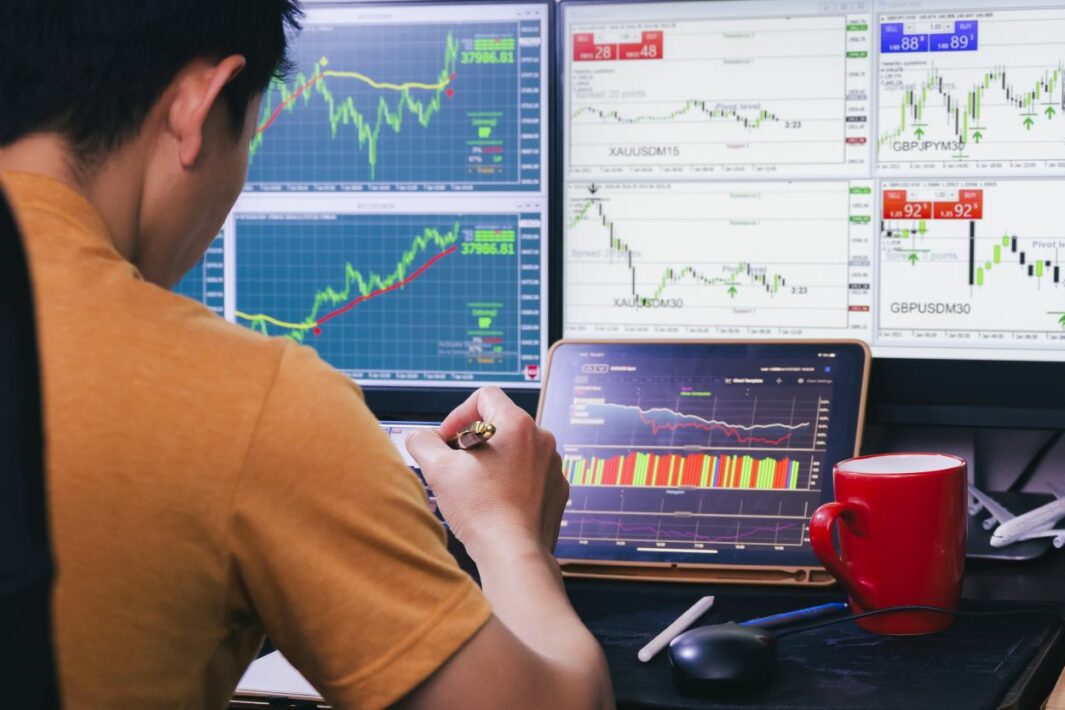In the previous article, published in the 29th issue of the Investor’s Magazine, I introduced the basic concept of dividend investing. Continuing this topic, I will try to present a set of criteria that we can use at the beginning of the adventure with this style of investing. I would like to emphasize that we are talking about criteria that will be replaced in the future by more advanced metrics, and which will allow a novice investor to avoid the proverbial „stepping on a mine”. In other words – I will present a set of rules that allow you to select a wide group of companies with a chance to slightly beat the index. Thanks to this, we will obtain a kind of sandbox, in which we will be able to freely test various metrics of fundamental analysis, without fear that we will choose companies that will wreak havoc on our portfolio.
Growth (not) at any cost
As I mentioned before – the style of dividend investing can be characterized as GARP ( Growth at Reasonable Price ). The increase in question obviously applies to profit and its derivatives, because dividends are paid from this profit (more precisely from the cash generated by the company . The above clearly shows that we are looking for profitable companies that are characterized by an increase in results over time .
In this article, I will focus on quantifiable criteria, i.e. criteria that can be easily described numerically. At the outset, I suggest the following:
- payment of increasing dividends for a minimum of 10 years . The application of this criterion ensures that a given company has survived at least one business cycle with its dividend policy and treats its shareholders seriously. In addition, it means that such an entity has a proven business model (during a downturn it is able to generate financial surpluses) and market advantages,
- P / E ( Price to Earnings ) or in Polish C / Z (Price to Earnings). It is an indicator of how many dollars we have to pay for a dollar of company profit. For example, when I buy a company with P / E = 10, it means I have to pay $ 10 for one dollar of profit. It can also be understood as an answer to the question of how many years would I have to wait for the return of all invested capital if the company paid 100% of its profit in the form of a dividend and the profit would be constant. Again, for P / E = 10, we have to wait 10 years for the investment to „pay off”, as long as the company’s profits do not go up or down.
Some investors like to use the inverted P / E (E / P) ratio, thus comparing the company to a bank deposit. For example, when buying a company with a P / E ratio = 12.5, we would have to wait 12.5 years for the total return of the invested capital, which translates into the dividend rate = 8% (1 / 12.5 x 100%), of course assuming the payment total profit and consistent results in the future.




